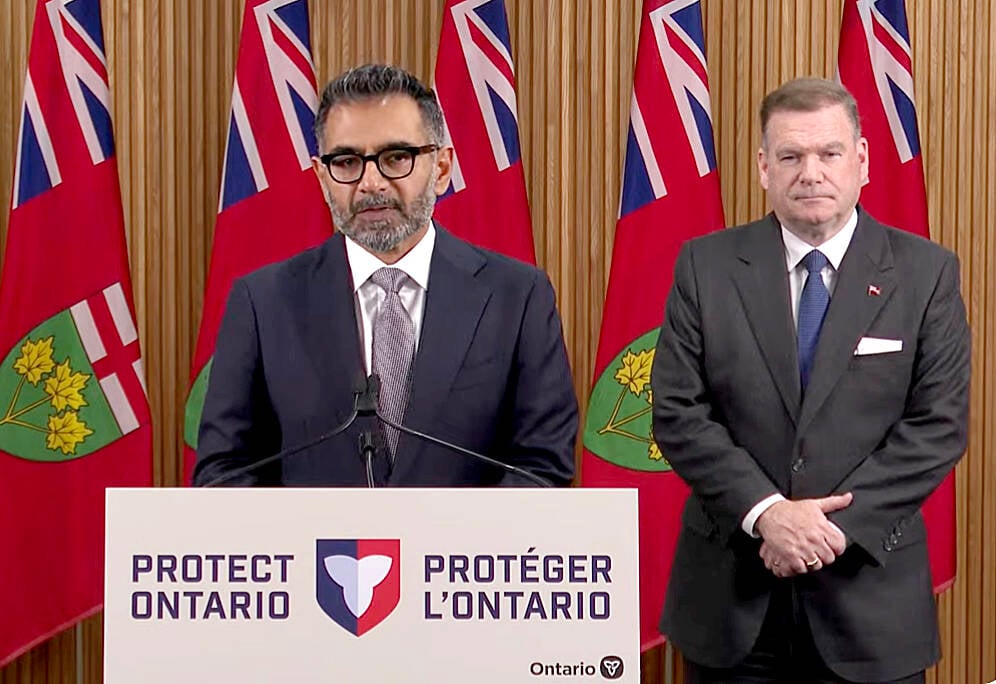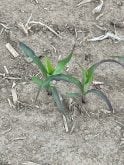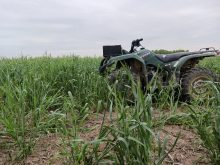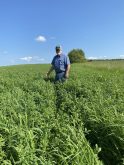A three-year grant has extended the timeline and scope of the Huron Soil and Crop Improvement Association’s cover crop trial, which began in 2022.
“The mandate of our trial is to establish a cereal rye cover crop after combining corn,” said Alan Willits, the association’s director and past president. “We’ve extended it this year to having an oat cover crop after (no-till) soybean with the understanding that you’re going back into corn.”
Why it matters: The trial will assess the best method for establishing cereal rye in corn and the benefits of integrating it into a corn-soybean rotation.
Read Also

Conservation Authorities to be amalgamated
Ontario’s plan to amalgamate Conservation Authorities into large regional jurisdictions raises concerns that political influences will replace science-based decision-making, impacting flood management and community support.
Starting this fall, the Grassroots Research Grant will provide the association with up to $15,000 per year in funding for three years. The Ontario Soil and Crop Improvement Association administers the Sustainable Canadian Agricultural Partnership grant to successful regional applicants with projects that involve soil health, sustainable crop production, economics and agronomics, emission reduction and innovative cropping practices.
“Is it broadcasting the seed on after you’ve combined, or a no-till drill? Or is it using a drone or a highboy to broadcast your seed into the corn before you combine it?” Willits asked.
“We’d also like to see if you could put a cover crop applicator on your combine and blow the cereal rye underneath the corn head while you’re combining.”
The project will involve up to 10 different no-till or strip-till trials with growers trying different methods and rates, approximately 30 to 50 pounds/acre, against two controls, one with cereal rye and one without.
Rick Kootstra, Huronview Demonstration Farm manager and participating producer, estimates that between 500 and 1,000 acres of land from cooperating producers and 47 acres of demonstration farmland are involved in the trial.
The demonstration farm is owned by Huron County, operated by the Huron Soil and Crop Improvement Association and monitored by the Ausable Bayfield Conservation Authority.
The grassroots trial allows farmers to experiment with or fine-tune no-till and cover crop processes and see the benefits without overly onerous guidelines.
“It’s kind of the opposite of your typical trials because it’s broad-based and covers a lot of different scenarios,” said Willits. “Hopefully, after three years and a lot of different data coming in, we can come to a conclusion.”
He said trial participants span the county from north to south, where there is a 300-heat unit difference that could affect seed rates and planting methods. Strict protocols for data collection will be in place to ensure the most accurate results.
Kootstra said the Great Lakes Agricultural Stewardship Initiative watershed receives significant amounts of rain and has highly erodible soil.
“We’re trying to show that rye as a cover crop works really well, provides good cover, and is a good forage,” he said. “It’s a good cover crop for reduction of erosion, both wind and water.”
A local well driller’s shop has a sign that reads, “We know the value of water when the well’s dry.” The cliché applies to everything, said Kootstra, including soil health and minimizing nutrients flowing into watersheds.
A prime example of cover crop benefits is a field along the Bayfield River that would shed its topsoil into the watershed without the overwinter crop, he added.
He plants soybeans into cover crops because of the biological weed control, good soil tilth, moisture, nutrient retention and plant protection from weather and erosion.













